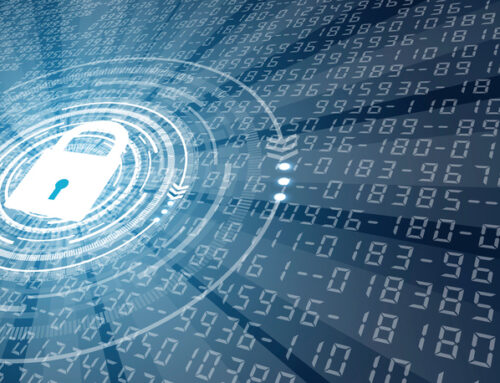If you’re looking for a way to protect your storage system’s uptime and reliability, then it’s time to consider RAID. RAID (Redundant Array of Independent Disks) arrays consist of multiple disks that act as one in order to provide redundancy and better performance for your storage system. They are typically used in NAS (network attached storage) systems or servers.
For those not already familiar with RAID arrays, the first step in making a switch is to understand the different RAID levels and their advantages. You will also choose between hardware and software RAID controllers. The following provides an overview of the different RAID levels and controller options.
Understanding RAID Levels
One of the more confusing aspects of implementing RAID is deciding on the right level. These range from 0 to 10, but most businesses will be choosing between levels 0, 1, 5, 6 and 10.
Here is an overview of these more common levels:
RAID 0 – AKA “Disk Striping”: Some companies choose to use a setup called RAID 0. This is technically not a RAID level because, while it uses multiple disks, they are configured in a way that does not provide redundancy (which, as you may recall, is what the “R” in “RAID” stands for). A RAID 0 array contains two disks, and your controller alternates which disk it writes data to in a process known as “striping.” This means that half of your data is on one disk and the other half is on the other. RAID 0 is a way to get more speed, but it doesn’t provide you with the added reliability of the other levels. For that, you will want to choose one of the following instead.
RAID 1 – AKA “Disk Mirroring”: Like RAID 0, RAID 1 uses two disks. All of the data is written to both disks all the time. Therefore, if one disk fails, the second has you covered. Note that if you were to delete data from one of the disks, it would automatically be deleted from the other, too. It is for this reason that the second disk shouldn’t be considered a backup – you’ll still want a system for backing up your data in case of human errors like an accidentally deleted file.
RAID 5: Level 5 is the most common choice for businesses. This type of array has at least three disks, writing data across them using “parity,” a way of distributing data so that it is all available even if one of the disks fails. If one disk does fail and you need to replace it, you can do so without shutting down the system (“hot-swapping”), adding convenience and productivity to the management of your storage, too.
RAID 6: Level 6 functions the same way as RAID 5 except that more disks are added. With RAID 6, two of your disks can fail (instead of just one) while maintaining your data.
RAID 10: The advantage of RAID 10 is that it provides increased reliability through mirroring as well as increased speed through striping. The disadvantage is that the additional drives required can make RAID 10 prohibitively expensive for some uses.
Software v. Hardware RAID Controllers
RAID arrays can be controlled using hardware or software, and each has its pros and cons. Hardware controllers sometimes offer better performance thanks to the addition of dynamic random access memory (DRAM) cache to the system. Hardware controllers also offer protection against lost data in the event of a power loss thanks to their battery backup units.
However, as CPU performance keeps improving, so does the performance of software-based RAID controllers. If your servers have enough power already, then you may not see a lot of gain by choosing hardware. Software controllers will generally offer easier system monitoring and more flexibility when it comes to maintenance and reconfiguration, which may make administrators’ lives easier.
The type of controller best for your business is highly dependent on your environment. Your servers, operating system, storage drive type, and RAID levels will all be factors that determine which type offers the most advantages.
Implementing RAID is an excellent way to make your storage system more reliable, and it may improve system performance. Choosing the right RAID level and controller are important in order to realize these benefits. If you have more questions about your storage hardware choices, experienced Summit reps are available to listen and offer suggestions based on your unique business needs.




